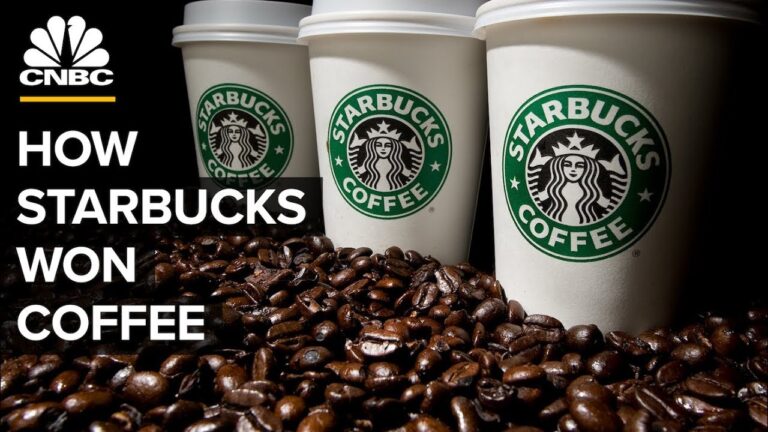Starbucks Success is a Top Business Study Use Case. The Video discusses how it became a Global Success.
The Video details how the CEO turned around a normal Coffee Shop into a Drinking Experience for the Customers
In its 47-year history, Starbucks has transformed from a single coffee bean store in Seattle to a 30,000 cafe international coffee power house. But massive expansion hasn’t come without growing pains. It’s no secret that Starbucks has been struggling to get U.S. customers to frequent its cafes more often.
While sales have been positive, the number of customer visits continues to stagnate. Same-store sales, a key metric in the restaurant industry, have dwindled over the last 12 months as competition heated up and customers were uninspired by some of Starbucks’ limited-time offerings.
While comparable-store sales exceeded expectations in the fourth quarter that ended Sept. 30, rising 4 percent, much of that was due Starbucks charging more for its lattes. Under the careful watch of Howard Schultz, Starbucks pursued a strategy of aggressive expansion in the late ’80s and early ’90s. By the time the company went public in 1992, it had 165 stores.
Four years later, Starbucks opened its 1,000th location, including international cafes in Japan and Singapore. Growth was so rapid that, just two years later, Starbucks opened its 2,000th cafe. While unit expansion helped boost sales throughout the last two decades — Starbucks has had positive same-store sales growth since 2010 — the company has now spread itself too thin.
With more than 14,000 locations in the United States alone today, Starbucks has cannibalised its own sales. The company is regrouping and rethinking its expansion. It is expected to shutter 150 underperforming locations in 2019, three times the amount it typically does.
CNBC


